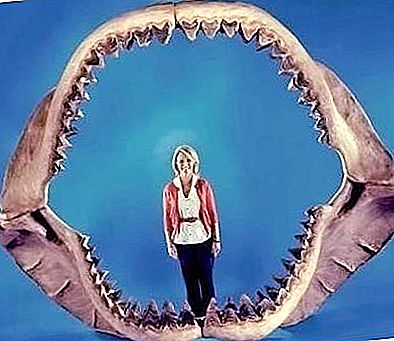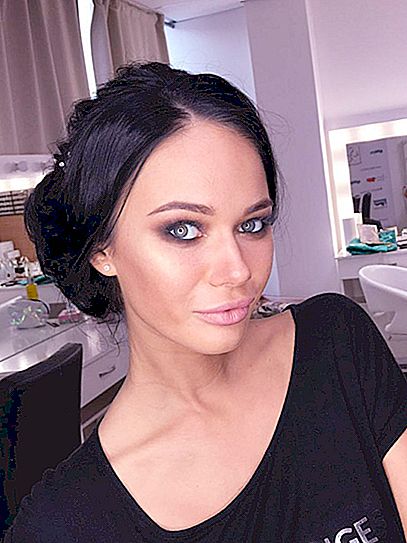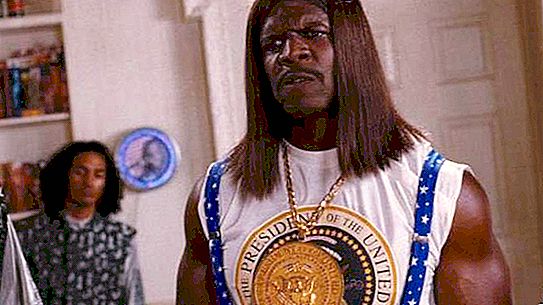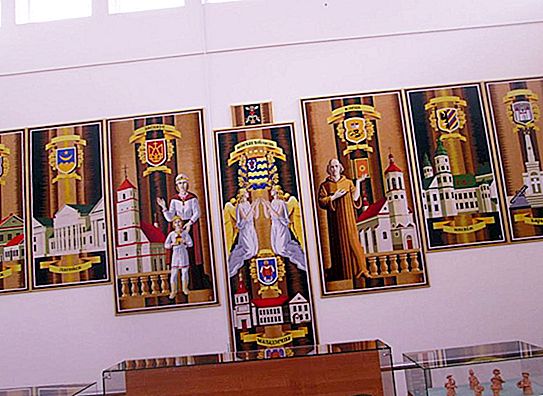Work on the creation of the monument to Matrosov, erected in Ufa in 1951, was entrusted to a graduate of the All-Russian Academy of Arts Leonid Yulievich Eidlin. The choice of the young sculptor fell not by chance. His diploma work dedicated to this Hero of the Soviet Union, completed four years earlier, was highly appreciated by the commission and brought him his first success. In 1947, a graduate of the IAC became a member of the Union of Artists, and his “Figure of Alexander Matrosov” was acquired by the Russian Museum.
Monument to Matrosov in Ufa
Having received the task of creating a monument for installation in the city, where the young fighter Matrosov went to the front, Leonid Yulievich did not repeat the graduation project. Having already studied the image of his hero, his biography, feeling the character and love of the country and life, the author created a completely new work. In September 1949, the project was approved by the Union of Artists and recommended for execution in bronze. Casting was carried out in Leningrad at the Monument Sculpture plant. The architect of the monument was A.P. Gribov.

The grand opening took place in Ufa on May 9, 1951. The installation site was chosen city park, which was then named Alexander Matrosov.
Description of the monument
On the pedestal of pink granite is a figure of a soldier. Its height of 2.5 meters does not create the appearance of a gigantic size. A soldier in full uniform, in a helmet and cloak-tent, with military weapons in his hands is perceived by others not as a thunderstorm of fascists, but as a young thin guy who volunteered to defend our Motherland.
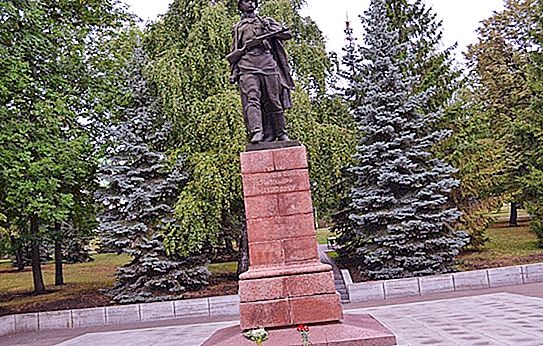
Residents of the city consider this monument to Alexander Matrosov the best in the city. Describing the thoroughness with which the smallest details are made, giving the authenticity of the pose, facial expression, details of clothing, they call this sculptor's work brilliant.
Their opinion coincides with the opinion of high-level specialists. Repeated ebbs of the sculpture were installed in 1951 in Leningrad in Victory Park, and in 1971 in the city of Galle (GDR).
On the centenary of the birth of L. Eidlin
In 2018, St. Petersburg hosted a vernissage of works by an outstanding Leningrad sculptor. A lot of words were said about the first works of the talented author, the working notes of the sculptor himself were read. The country's creative intelligentsia believes that Eidlin, when creating the monuments, was able to very reliably embody Matrosov an unforgettable image of the defender of the Fatherland, which was widely recognized.

Grandson of Leonid Eidlin Mikhail, speaking at the opening of the exhibition, called this work of the sculptor his main work. He told how he went with his grandparents to look at the monument to Matrosov in Victory Park in Leningrad, he was proud and rejoiced at the assessments of those around him. The enthusiasm and at the same time the pathos of Victory, the rush of the hero forward, the enthusiasm of his compatriots from the feat accomplished by him were sharply felt in the post-war years. "In the following years, there was no such strong feeling."
Life and feat of Alexander Matrosov
This name was known to all Soviet people: his short life and the feat that he accomplished were studied and discussed in all schools of the country.
Born on February 5, 1924 in the Ukrainian city of Yekaterinoslavl, which later became Dnepropetrovsk, he wandered around the country a lot in childhood. Several orphanages, the Ufa children's labor colony, a difficult life tempered the character of the boy. When the war began, he began to ask for the front, but he was refused in his youth.
Until September 1942, he worked as an apprentice fitter at the plant, as an assistant teacher of the colony. At age 18, he was drafted into the army and sent to study at an infantry school near Orenburg. A month later, he was already at the front.
February 27, 1943, as part of the 2nd infantry battalion of the 91st Siberian Army, Alexander participated in the liberation of the small village of Chernushka in the Pskov region. From the forest to the village, it was necessary to cross an open space, thoroughly shot through from enemy bunkers. Two of the three were blown up, the third covered the path to the offensive. People died.
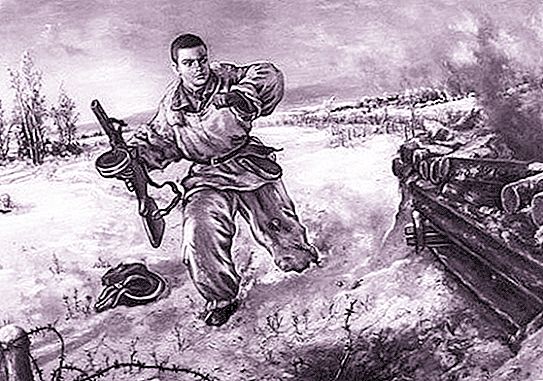
The assignment to destroy the German firing point was received by ordinary A. Matrosov and P. Ogurtsov. Along the way, the partner of Alexander was seriously wounded, but, remaining in place, he was able to reliably witness the feat committed by a comrade. When a fighter close to the bunker managed to throw grenades, the fire ceased. But as soon as the fighters went on the attack, began with renewed vigor.
Left without grenades, Alexander rushed forward and covered the embrasure of the firing point of the enemy with his chest. The attack was swift, the village was repulsed by the enemy. The compatriots gratefully erected monuments to Matrosov Alexander Matveevich in the cities of the country.
Lighting the feat of A. Matrosov
A 19-year-old boy, a pupil of an orphanage, without hesitation giving his life for his homeland and friends, became a well-known hero, thanks to an article in the newspaper by a military journalist who was present at the front line at that time. The Soviet Government praised his feat, posthumously rewarding the Hero Star and the Order of Lenin.
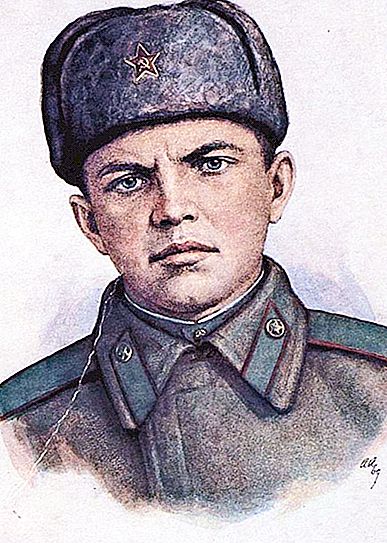
The personality of the young fighter became an example of courage, courage, love for the motherland and comrades. The feats accomplished during the war did not always become well-known, but they were not performed for the sake of fame. The image of Matrosov was chosen to cultivate high patriotism in the hearts of Soviet people, and he achieved his goal. Many of our country's defenders on the battlefield covered enemy fire with their breasts, rammed German columns with burning planes, threw grenades under tanks. We must remember them.

